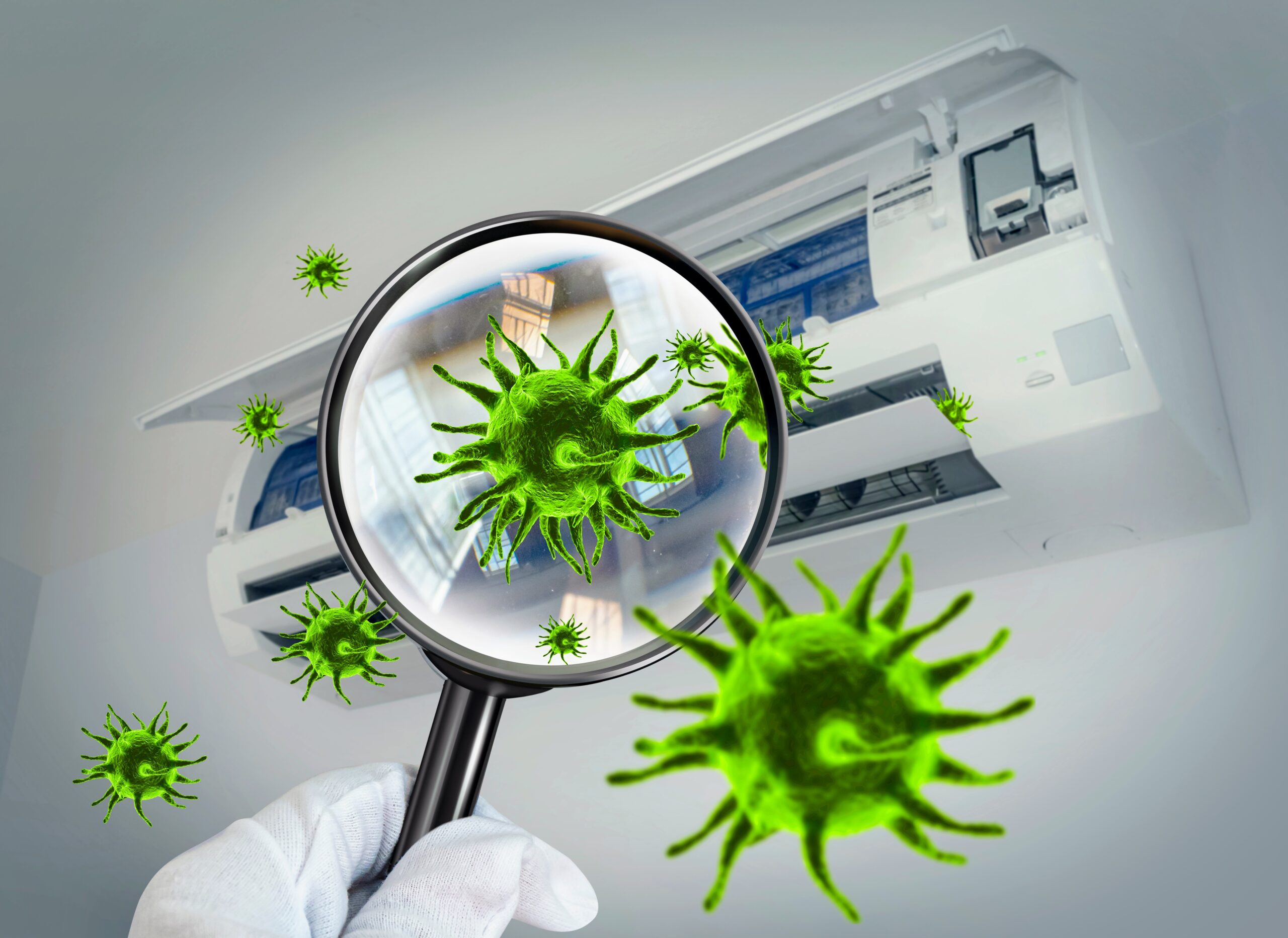Infection
Air filtration systems may not lower viral infection risks
Air filtration systems, considered crucial in reducing the spread of viral infections indoors, may not be as effective as previously thought, according to a study from the University of East Anglia.
Air filtration systems gained significant attention during the COVID-19 pandemic as a potential tool to reduce the spread of the virus indoors. They are also used to manage allergies, asthma, and other respiratory conditions by removing allergens and pollutants from indoor air.
Focus of the study
The research was focused on technologies such as air filtration, germicidal lights, and ionizers. Based on the results, these systems fall short of expectations. The study was led by Professor Paul Hunter and Dr. Julii Brainard from UEA’s Norwich Medical School.
The team set out to investigate the real-world effectiveness of air treatment technologies by analyzing 32 studies conducted in practical settings like schools and care homes.
Weighing the costs and benefits
“Air cleaners are designed to filter pollutants or contaminants out of the air that passes through them,” said Professor Hunter.
“When the Covid pandemic hit, many large companies and governments – including the NHS, the British military, and New York City and regional German governments – investigated installing this type of technology in a bid to reduce airborne virus particles in buildings and small spaces.”
“But air treatment technologies can be expensive. So it’s reasonable to weigh up the benefits against costs, and to understand the current capabilities of such technologies.”
Lack of evidence
Despite the initial optimism, the study concludes that there is minimal evidence supporting the effectiveness of these technologies in safeguarding individuals from airborne respiratory or gastrointestinal infections.
Dr. Brainard pointed out that while some air treatment strategies, especially germicidal lights and HEPA filtration, can reduce environmental and surface contamination, they fall short in preventing or reducing illnesses.
Little protection
“The kinds of technologies that we considered included filtration, germicidal lights, ionizers and any other way of safely removing viruses or deactivating them in breathable air,” said Dr. Brainard. “In short, we found no strong evidence that air treatment technologies are likely to protect people in real world settings.”
“There is a lot of existing evidence that environmental and surface contamination can be reduced by several air treatment strategies, especially germicidal lights and high efficiency particulate air filtration (HEPA). But the combined evidence was that these technologies don’t stop or reduce illness.”
Further research is needed
“There was some weak evidence that the air treatment methods reduced likelihood of infection, but this evidence seems biased and imbalanced.”
“We strongly suspect that there were some relevant studies with very minor or no effect but these were never published.”
Dr. Brainard said the findings are disappointing, but it is vital that public health decision makers have a full picture. “Hopefully those studies that have been done during Covid will be published soon and we can make a more informed judgement about what the value of air treatment may have been during the pandemic.”
The study is published in the journal Preventive Medicine.
Like what you read? Subscribe to our newsletter for engaging articles, exclusive content, and the latest updates.
—-
Check us out on EarthSnap, a free app brought to you by Eric Ralls and Earth.com.

